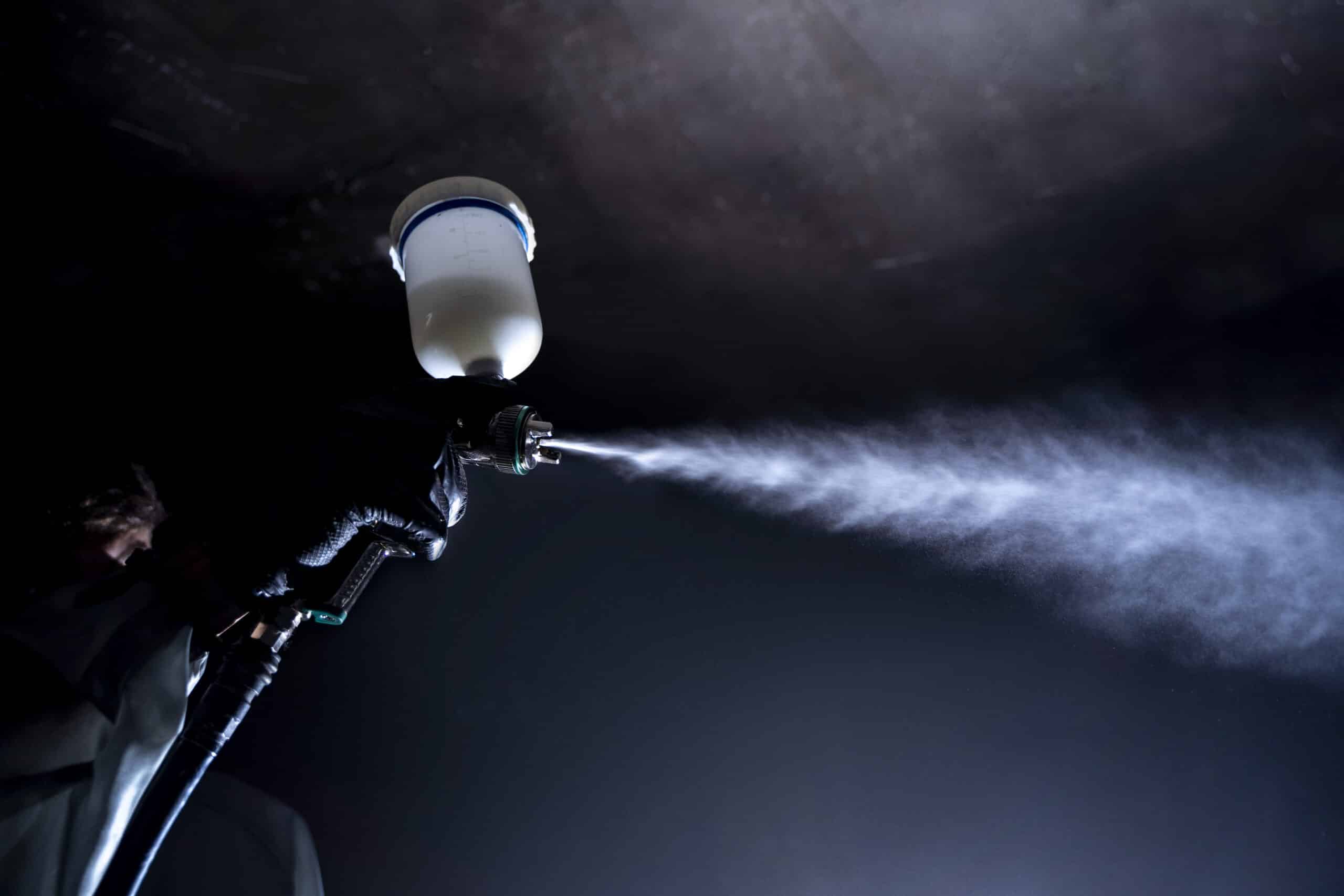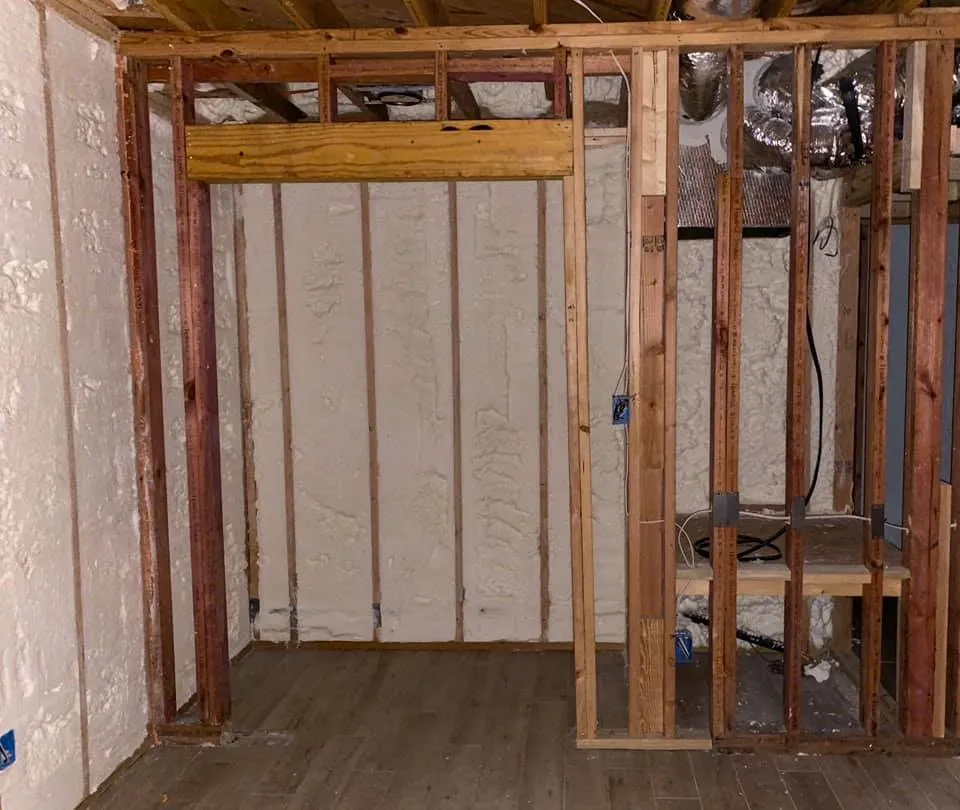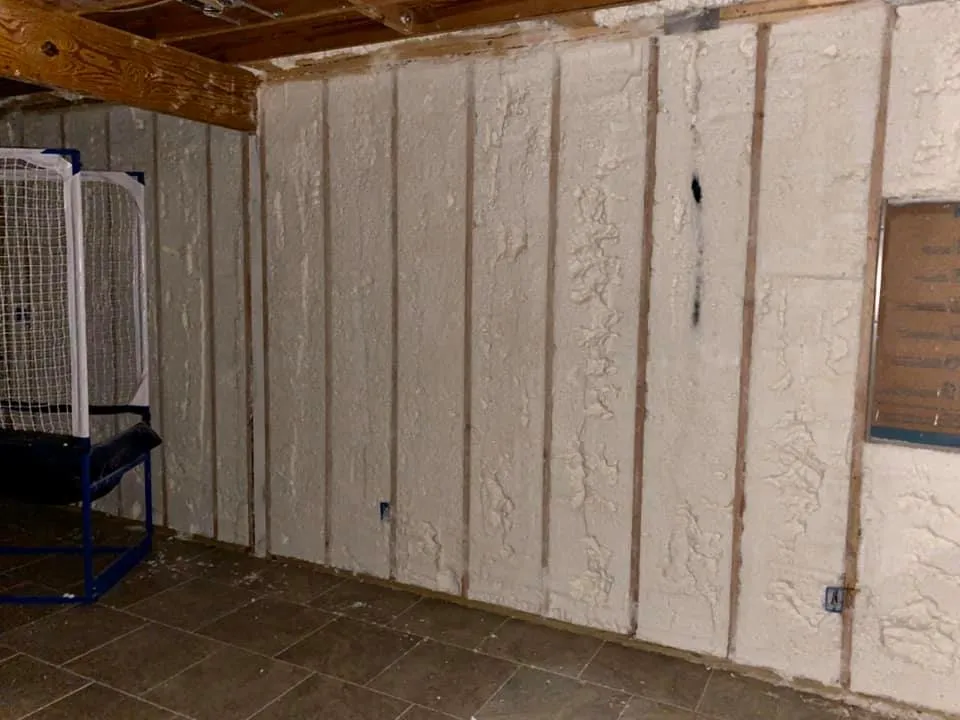The insulation of a home contributes significantly to cost savings, energy efficiency, and indoor comfort. Insulation prevents warm or cooled air from escaping the building, hence lowering the demand for excessive heating and cooling. This not only maintains the comfort of the residents throughout the year but also greatly reduces energy usage. Although the initial cost of installing insulation might vary depending on the type used and the dimensions of the property, it is an investment that will pay off in the long run, thanks to decreased utility costs and increased property value. Spray foam insulation has become a well-liked option for both builders and homeowners as the demand for sustainable and energy-efficient homes rises. In 2023, using spray foam insulation while building a new home has many advantages, including increased energy effectiveness, improved indoor air quality, and decreased long-term energy expenses. If you have been wondering about spray foam insulation cost per square foot, this article will talk in detail about the monetary cost of spray foam insulation when constructing a new home.
Understanding Spray Foam Insulation
Due to its remarkable qualities and efficiency, spray foam insulation is an innovative insulating technology that has received universal acceptance. Spray foam insulation is a liquid that quickly turns into foam and fills cracks and crevices to form a smooth and airtight barrier.
It is made of polyurethane or polyisocyanurate and can reach and insulate places where more conventional insulation materials could fail, assuring complete coverage and maximum energy efficiency. For homeowners and contractors trying to design durable, comfortable, and energy-efficient living spaces in both residential and commercial structures, understanding spray foam insulation is fundamental.
Factors Influencing Spray Foam Insulation Costs
- Home Size and Layout: The final price of spray foam insulation is greatly influenced by the size and design of the home. To cover the increased surface area, bigger houses need more insulating material. The quantity of work and tools required for installation can also vary depending on the degree of complexity of the home’s design, such as high ceilings, numerous levels, or intricate designs.
- Type of Spray Foam Insulation: Open-cell and closed-cell spray foam insulation are the two main types, and each has unique characteristics and financial ramifications. Due to its reduced weight and lower cost, open-cell foam is a preferred material for interior uses, including walls and ceilings. Closed-cell foam, on the other hand, is thicker and has a greater R-value, making it better suited for exterior applications like foundations and roofing. The final cost of insulation will vary depending on the type of foam selected.
- Local Material and Labor Costs: The price of spray foam insulation could vary by location, just like the price of any building item. Suppliers, transportation expenses, and labor rates may vary by region, all of which have an impact on the final cost. Prices may rise in places with more expensive housing or inaccessible insulation specialists.
- Home Design Complexity: Homes with sophisticated layouts, irregular forms, or far-flung locations may provide installation-related difficulties. The amount of time, specialized tools, and manpower needed to properly insulate these sections may increase the project’s final cost.
- Insulation Thickness: The heat resistance and energy efficiency of spray foam insulation are directly influenced by its thickness. Better thermal performance is achieved with a thicker layer of insulation, but this will result in greater material prices. In this case, it’s crucial to strike a balance between the ideal insulation performance and the budget.
- Building Codes and Regulations: Specific insulation standards for new buildings and renovations may be mandated by building rules and regulations. The type and quantity of insulation required may change depending on compliance with certain regulations, which may change the overall price.
- Accessibility of the Area: The ease of access to the region that needs insulation can affect labor and material expenses. Specialized tools and methods could be needed to access tight or difficult-to-reach areas, raising the overall cost.
- Energy Efficiency Goals: Builders and homeowners with high energy efficiency standards may choose spray foam insulation of higher caliber and greater thermal performance. Although the initial cost may go up, there may be significant long-term energy savings, which makes it a beneficial investment.
Average Cost of Spray Foam Insulation
The dimensions of the area to be insulated, the kind of spray foam being used, and the project’s location are just a few of the variables that might affect the average cost of spray foam insulation. Spray foam insulation usually runs between $2.90 and $4.50 per square foot as of 2023. The total expense of spray foam insulation might range from $7,750 to $11,750 for a typical home of 2,500 square feet roof. Not including the walls.
Spray foam insulation offers long-term benefits, such as improved indoor air quality, greater soundproofing, and potential incentives, making it a good investment for a more energy-efficient and sustainable residence. Homeowners and builders should consider these benefits.
How is it Different from Traditional Insulation?
In terms of performance as well as application, spray foam insulation is very different from conventional insulating materials. Spray foam insulation is sprayed on as a liquid that expands into a foam, filling cracks and crevices to produce a seamless and airtight barrier, as opposed to traditional insulation, which usually arrives in pre-cut batts, rolls, or loose-fill. Spray foam may now be applied in ways that traditional insulation might not, resulting in more thorough coverage and a more efficient thermal barrier. Better energy efficiency, less heat transmission, and improved indoor comfort are the outcomes of this. The ability of spray foam insulation to form an airtight barrier also aids in preventing moisture buildup and air infiltration, which improves the quality of indoor air and inhibits the formation of mold and mildew.
Spray foam insulation is still a well-liked option for homebuilders and individuals building new homes. Spray foam insulation stands as an efficient and sustainable solution for the contemporary home construction industry with the added advantages of better indoor air quality, noise reduction, and potential incentives. Finding the right insulation professionals for the job is something that we can’t stress enough on. If you have been in the market for a reliable insulation partner, Stellrr Insulation & Spray Foam is an option you can look into. To know more, drop by our link – https://stellrr.com/cost-prices/
Name, Address, and Phone
Stellrr Insulation & Spray Foam
401 Congress Ave, #1540 Austin TX 78701,
5125200044
Map Embed
3 Social account URLs
https://www.facebook.com/stellrr
https://www.linkedin.com/company/stellrr-insulation/





